Tires! Know them well #1
What is tires?
A tire (American English) or tyre (British English) is a ring-shaped component that surrounds a wheel's rim to transfer a vehicle's load from the axle through the wheel to the ground and to provide traction on the surface traveled over. Source: wikipedia
Why do I need to know them?
Tires are essentially an important part of your vehicle as it's the only contact surface of your car towards the ground. Many people neglected the importance of tires and take it for granted, getting cheap second-hand tyres that they can find in the market and installed it on their car, not knowing the attributes, the tire tread depth or the condition of the tires.
Let's jump right in, and understand them well ☺️
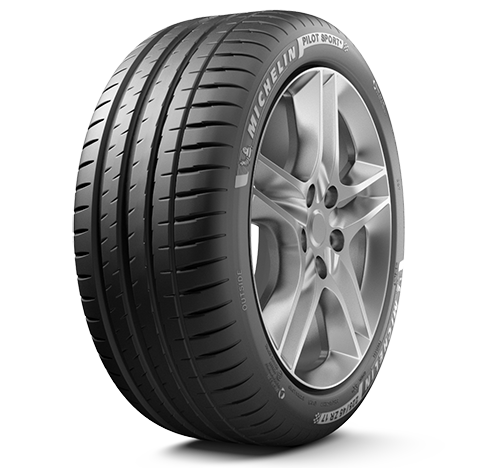
Source - Michelin Malaysia
How to read them?
Reading them is easy, all the information is printed onto the sidewall of the tires as a standard practice by all tires manufacturer around the world. Usually the information that printed are tires size, speed rating, load rating, date of manufacturing, thread wear, traction rating, temperature rating and facing direction of the tyres.
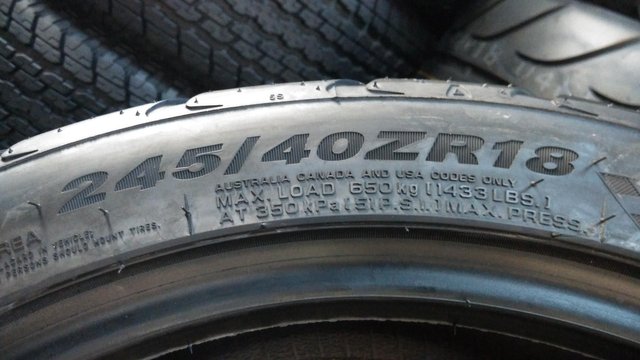
Given the image tires above, the tires size is 245/40R18;
- 245 means the width section of the tires in millimetre,
- 40 means 40% of the tyre width which becomes the sidewall height in millimetre,
- 18 means the diameter of the rim in inch which can be fitted into
- R means radial (Radial Ply Construction)
But, wait? What does the Z between the tires size means you may asked. It's known as the speed rating, each given alphabet represent different speed. Z rating signifies a maximum speed capability in excess of 149 mph, 240 km/h, but some tyres have 2 alphabet of speed rating
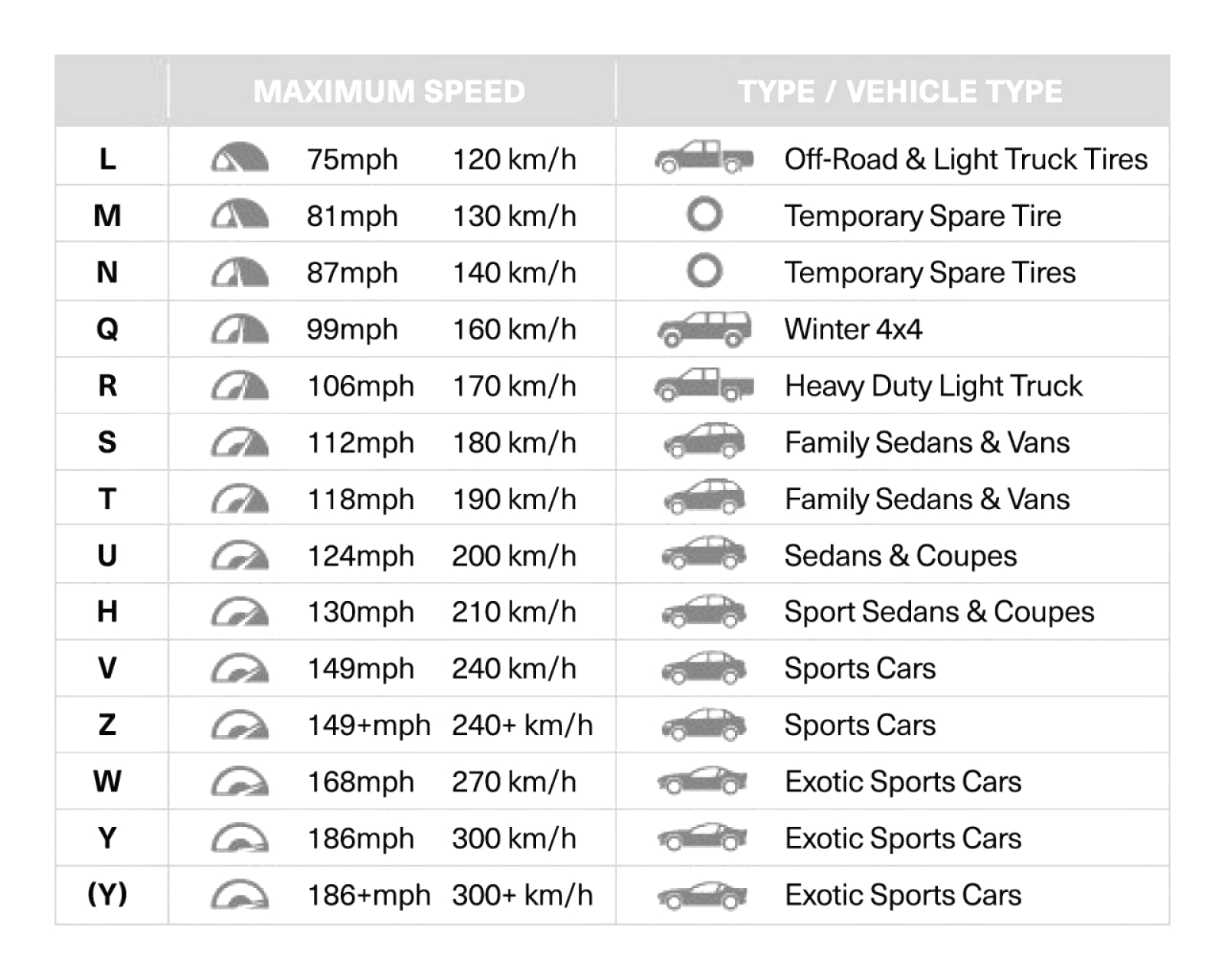
Example :
205/50ZR16 91W
Usually this type of tires we'll read the W instead of Z as the rating of W is excess of 168 mph, 270 km/h. Below image shows that this tire only have a V rating which is not able to exceed Z rating speed, hence there's no Z rating.

Let's talk about load rating, usually load rating are printed just next to the speed rating in a form of 91W, 88V, 95Y and etc. Each given number represent the amount of load that a tire is able to carry on with it.
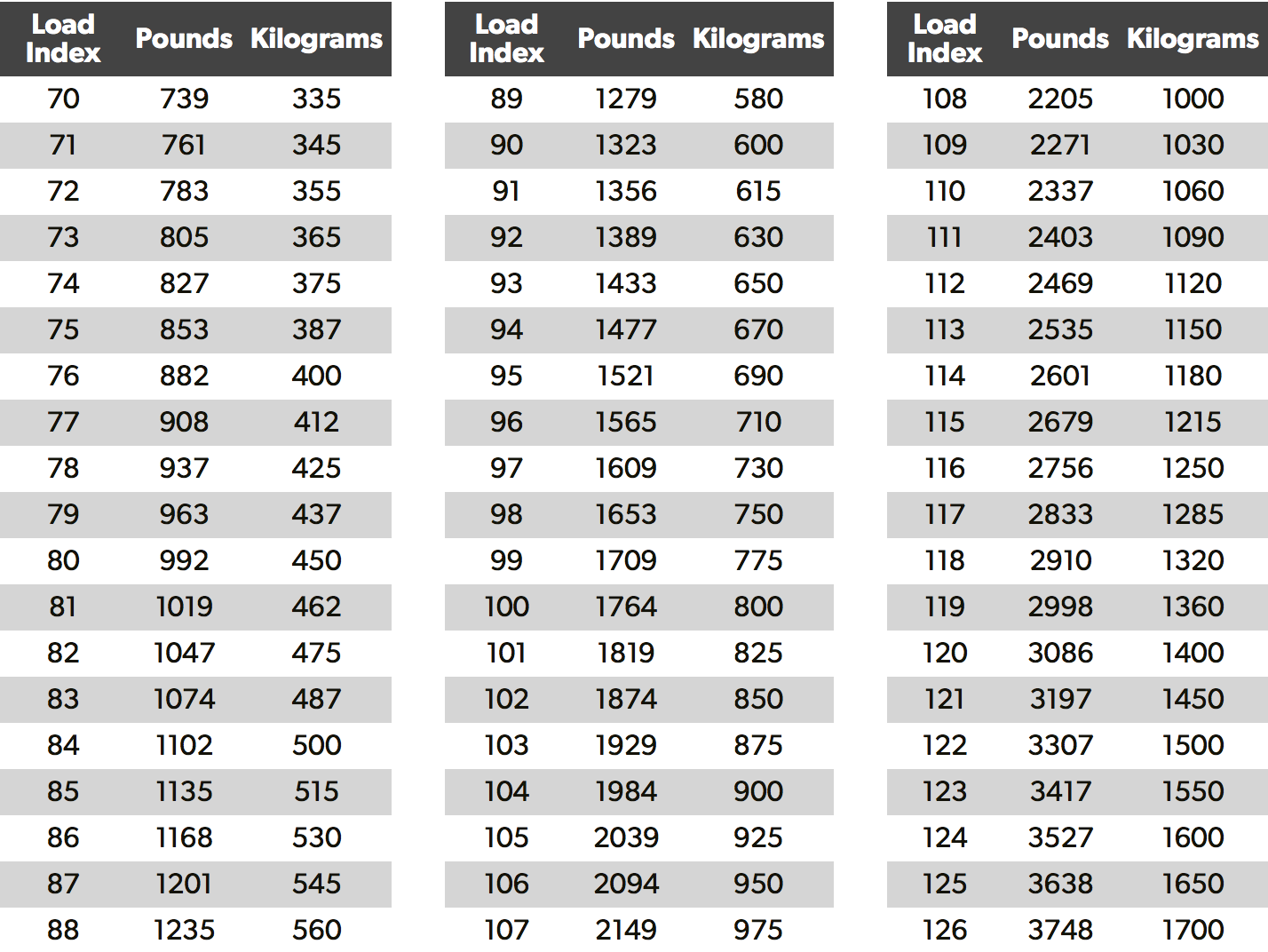
So, the next time you were to replace your OE tires for the first time, please make sure that your next tires replaced have the speed rating and load rating that are same or greater than the OE tires. Here's a example of what I meant,
OE tires - 185/55R16 83H
Replacement - 185/55R16 85V
This ensure that your tires are able to carry the weight it was designed to by the manufacturer and it's also a safety recommended step to look into.
When will I need to replace my tires?
Knowing when to change your tires is important as the lesser the tire tread depth you have the longer the braking distance your vehicle needed. So, how do I know when is my tires needed to be replaced? Simple, use a coin and measure between the tire's grooves (not on the tread wear indicator) if it's more than 1.6mm then is still usable.
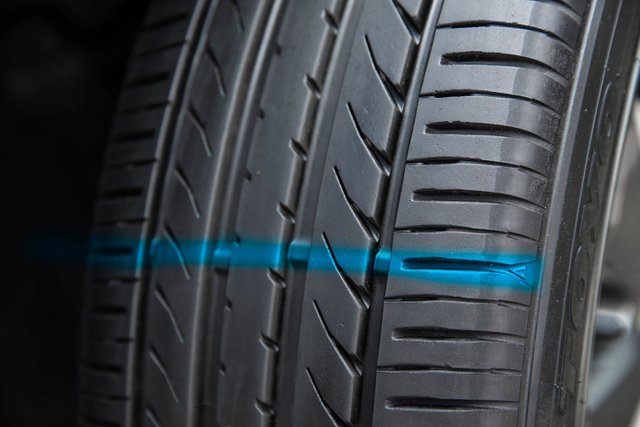
But! there's a catch, 1.6mm aren't the most recommended thread depth left that you'll need to replace your tires although is still within the legal limit, in fact 3mm is the recommended thread depth to replace your tires. Why? Because when tire tester did a test between tires that have a thread depth of 1.6mm and 3mm on a wet surface.
The results?
Tire Rack team measured the stopping distances from 70 mph (the typical speed limit of U.S. Interstate highways) with vehicles equipped with sets of new tires and compared them to tires with about 4/32" (3mm) of remaining tread depth, followed by sets with the legal minimum of 2/32" (1.6mm) depth. The differences surprised us! Vehicles equipped with the 2/32" (1.6mm) minimum tire tread depth took about 100 more feet to stop and were still traveling at about 45 mph at the same distance the vehicles equipped with the 4/32" (3mm) deep tires had already come to a complete stop!
Malaysia has always been a tropical country which raining is almost certain will be more happening, make sure to give your tires a check once a month or once every 2 month so that you will know when is the time to replace them before the next rain hits.
I hope this article let you have a better understanding about your tires and drive safe out there! 😊 Oh! and keep your eyes on the road, not on your phone as well
Click here to sign up for free,
you can thank me by upvoting later and start earning Steem yourself
Thanks for reading, upvote & resteem if you enjoy it 😁

@OriginalWorks
The @OriginalWorks bot has determined this post by @aaronleang to be original material and upvoted(1.5%) it!
To call @OriginalWorks, simply reply to any post with @originalworks or !originalworks in your message!
Great article.
In addition to monitoring the tread depth, can you elaborate on how to read the tire manufacturing date and how long we can use the tires before needing replacement, even if the tread depth is still good?
Next post 😬
Thank you @aaronleang for promoting this post together with https://steemit.com/budget/@jerrybanfield/introducing-steem-budget-proposals
This post has received a 0.77 % upvote from @buildawhale thanks to: @aaronleang. Send at least 1 SBD to @buildawhale with a post link in the memo field for a portion of the next vote.
To support our daily curation initiative, please vote on my owner, @themarkymark, as a Steem Witness
Nice info to know. The numbers themselves are enough to confuse me.
But Hit Rating, Critical Hit Rating, Spell Power, Defense doesn't 🤣
I think those stuff are easier to comprehend than these... confusing mess.
Tire wear and tear can be caused by a variety of factors, including driving habits, the type of terrain you’re driving on, and the weather conditions. Paying attention to your tires is essential in order to ensure they remain in good condition and are replaced when needed. https://bestallterraintires.com/best-265-65r18-all-terrain-tires/